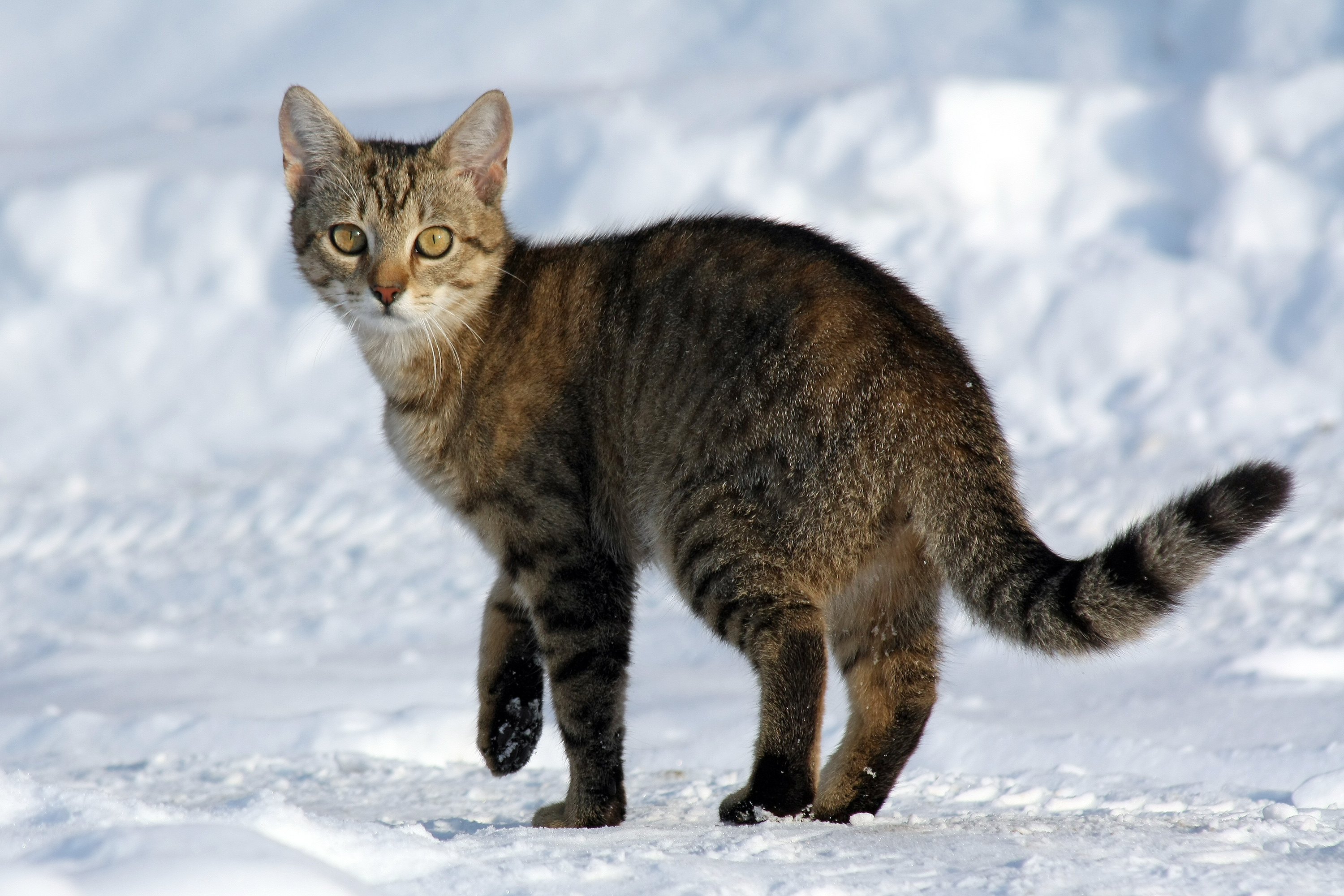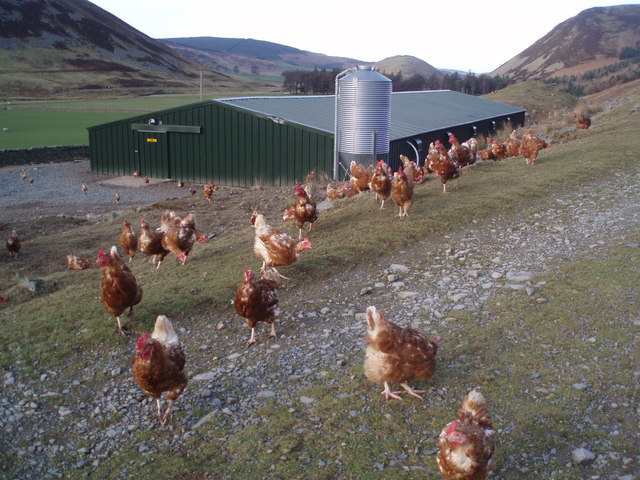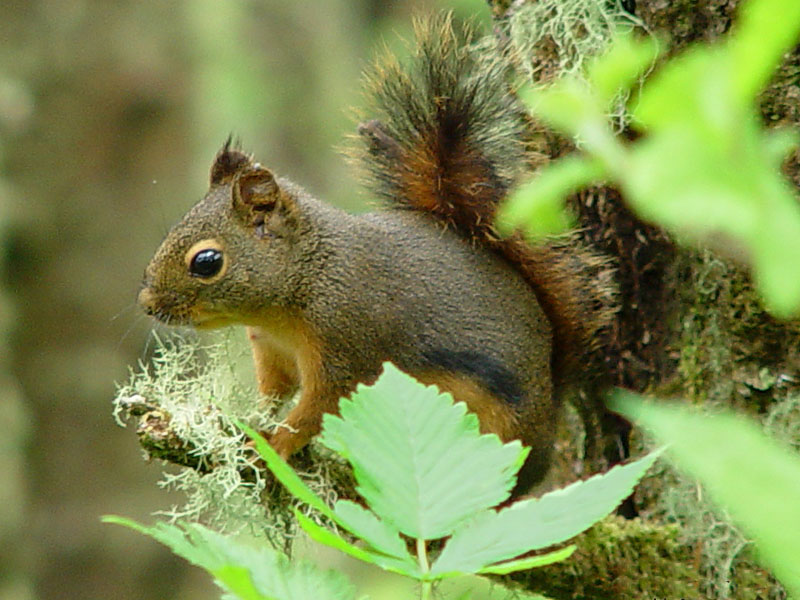|
Alcelaphine Gammaherpesvirus 2
Alcelaphine gammaherpesvirus 2 (AlHV-2), also called Alcelaphine herpesvirus 2, is a species of ''Macavirus'' that is believed to be responsible for causing hartebeest infections of malignant catarrhal fever. Clinical definition Distantly related to human herpes, a virus of this type is composed of a series of double strand sequences of up to 100 gene segments, aligned along a long chromosome surrounded by terminal DNA segments. The effect of the virus is to cause nasal discharge, a high fever, filmed over eyes, failures of the lymphatic system, inflammation of various mucous membranes, and occasionally necrosis of the upper digestive system. Very advanced cases show signs of decay of the nervous system. Occasionally, lesions, arthritis, and digestive problems such as diarrhea have been observed. Cause The agent of MCF in hartebeests, it is related to other variants that strike down antelopes. It was isolated in 1960 and is believed to be carried as reservoirs by goats, sheep ... [...More Info...] [...Related Items...] OR: [Wikipedia] [Google] [Baidu] |
Macavirus
''Macavirus'' is a genus of viruses in the order ''Herpesvirales'', in the family ''Herpesviridae'', in the subfamily ''Gammaherpesvirinae''. Mammals serve as natural hosts. There are nine species in this genus. Diseases associated with this genus include: inapparent infection in their reservoir hosts (wildebeest for alHV-1 and sheep for ovHV-2), but fatal lymphoproliferative disease when they infect MCF-susceptible hosts, including cattle, deer, bison, water buffalo and pigs. Species The genus consists of the following nine species: * ''Macavirus alcelaphinegamma1'', also called Alcelaphine gammaherpesvirus 1 * ''Macavirus alcelaphinegamma2'', also called Alcelaphine gammaherpesvirus 2 * ''Macavirus bovinegamma6'', also called Bovine gammaherpesvirus 6 * ''Macavirus caprinegamma2'', also called Caprine gammaherpesvirus 2 * ''Macavirus hippotraginegamma1'', also called Hippotragine gammaherpesvirus 1 * ''Macavirus ovinegamma2'', also called Ovine gammaherpesvirus 2 * ''Macavir ... [...More Info...] [...Related Items...] OR: [Wikipedia] [Google] [Baidu] |
Domestic Animals
This page gives a list of domesticated animals, also including a list of animals which are or may be currently undergoing the process of domestication and animals that have an extensive relationship with humans beyond simple predation. This includes species which are semi-domesticated, undomesticated but captive-bred on a commercial scale, or commonly wild-caught, at least occasionally captive-bred, and tameable. In order to be considered fully domesticated, most species have undergone significant genetic, behavioural and morphological changes from their wild ancestors, while others have changed very little from their wild ancestors despite hundreds or thousands of years of potential selective breeding. A number of factors determine how quickly any changes may occur in a species, but there is not always a desire to improve a species from its wild form. Domestication is a gradual process, so there is no precise moment in the history of a given species when it can be considered ... [...More Info...] [...Related Items...] OR: [Wikipedia] [Google] [Baidu] |
Vaccination
Vaccination is the administration of a vaccine to help the immune system develop immunity from a disease. Vaccines contain a microorganism or virus in a weakened, live or killed state, or proteins or toxins from the organism. In stimulating the body's Adaptive immune system, adaptive immunity, they help prevent sickness from an infectious disease. When a sufficiently large percentage of a population has been vaccinated, herd immunity results. Herd immunity protects those who may be immunocompromised and cannot get a vaccine because even a weakened version would harm them. The effectiveness of vaccination has been widely studied and verified. Vaccination is the most effective method of preventing infectious diseases; widespread immunity due to vaccination is largely responsible for the Eradication of infectious diseases, worldwide eradication of smallpox and the elimination of diseases such as polio and tetanus from much of the world. According to the World Health Organization ... [...More Info...] [...Related Items...] OR: [Wikipedia] [Google] [Baidu] |
Free Range
Free range denotes a method of farming husbandry where the animals can roam freely outdoors for at least part of the day, rather than being confined in an enclosure for 24 hours each day. On many farms, the outdoors ranging area is fenced, thereby technically making this an enclosure, however, free range systems usually offer the opportunity for the extensive locomotion and sunlight that is otherwise prevented by indoor housing systems. ''Free range'' may apply to meat, eggs or dairy farming. The term is used in two senses that do not overlap completely: as a farmer-centric description of husbandry methods, and as a consumer-centric description of them. There is a diet where the practitioner only eats meat from free-range sources called ethical omnivorism. In ranching, free-range livestock are permitted to roam without being fenced in, as opposed to intensive animal farming practices such as the concentrated animal feeding operation. In many agriculture-based economies, f ... [...More Info...] [...Related Items...] OR: [Wikipedia] [Google] [Baidu] |
Central Nervous System
The central nervous system (CNS) is the part of the nervous system consisting primarily of the brain, spinal cord and retina. The CNS is so named because the brain integrates the received information and coordinates and influences the activity of all parts of the bodies of bilateria, bilaterally symmetric and triploblastic animals—that is, all multicellular animals except sponges and Coelenterata, diploblasts. It is a structure composed of nervous tissue positioned along the Anatomical_terms_of_location#Rostral,_cranial,_and_caudal, rostral (nose end) to caudal (tail end) axis of the body and may have an enlarged section at the rostral end which is a brain. Only arthropods, cephalopods and vertebrates have a true brain, though precursor structures exist in onychophorans, gastropods and lancelets. The rest of this article exclusively discusses the vertebrate central nervous system, which is radically distinct from all other animals. Overview In vertebrates, the brain and spinal ... [...More Info...] [...Related Items...] OR: [Wikipedia] [Google] [Baidu] |
Morbidity
A disease is a particular abnormal condition that adversely affects the structure or function of all or part of an organism and is not immediately due to any external injury. Diseases are often known to be medical conditions that are associated with specific signs and symptoms. A disease may be caused by external factors such as pathogens or by internal dysfunctions. For example, internal dysfunctions of the immune system can produce a variety of different diseases, including various forms of immunodeficiency, hypersensitivity, allergies, and autoimmune disorders. In humans, ''disease'' is often used more broadly to refer to any condition that causes pain, dysfunction, distress, social problems, or death to the person affected, or similar problems for those in contact with the person. In this broader sense, it sometimes includes injuries, disabilities, disorders, syndromes, infections, isolated symptoms, deviant behaviors, and atypical variations of structure and f ... [...More Info...] [...Related Items...] OR: [Wikipedia] [Google] [Baidu] |
Incubation Period
Incubation period (also known as the latent period or latency period) is the time elapsed between exposure to a pathogenic organism, a chemical, or ionizing radiation, radiation, and when symptoms and signs are first apparent. In a typical infectious disease, the incubation period signifies the period taken by the multiplying organism to reach a threshold necessary to produce symptoms in the host. While ''latent'' or ''latency period'' may be synonymous, a distinction is sometimes made whereby the latent period (epidemiology), latent period is defined as the time from infection to infectiousness. Which period is shorter depends on the disease. A person may carry a disease, such as ''Streptococcus'' in the throat, without exhibiting any symptoms. Depending on the disease, the person may or may not be contagious disease, contagious during the incubation period. During latency, an infection is subclinical. With respect to viral infections, in incubation the virus is replicating. Thi ... [...More Info...] [...Related Items...] OR: [Wikipedia] [Google] [Baidu] |
Wildlife
Wildlife refers to domestication, undomesticated animals and uncultivated plant species which can exist in their natural habitat, but has come to include all organisms that grow or live wilderness, wild in an area without being species, introduced by humans. Wildlife was also synonymous to game (hunting), game: those birds and mammals that were trophy hunting, hunted for sport. Wildlife can be found in all ecosystems. Deserts, plains, grasslands, woodlands, forests, and other areas including the most developed urban areas, all have distinct forms of wildlife. While the term in popular culture usually refers to animals that are untouched by human factors, most scientists agree that much wildlife is human impact on the environment, affected by human behavior, human activities. Some wildlife threaten human safety, health, property and quality of life. However, many wild animals, even the dangerous ones, have value to human beings. This value might be economic, educational, or emotio ... [...More Info...] [...Related Items...] OR: [Wikipedia] [Google] [Baidu] |
Topi
''Damaliscus lunatus jimela'' is a subspecies of Damaliscus lunatus, topi, and is usually just called a topi. It is a highly social and fast type of antelope found in the savannas, semi-deserts, and floodplains of sub-Saharan Africa. Names The word ''tope'' or ''topi'' is Swahili language, Swahili, and was first recorded in the 1880s by the German explorer Gustav Fischer (explorer), Gustav Fischer to refer to the local topi population in the Lamu County region of Kenya; this population is now designated as ''Damaliscus lunatus topi''. Contemporaneously, in English, sportsmen referred to the animal as a Senegal hartebeest, as it was considered the same species as what is now recognised as Damaliscus lunatus korrigum, ''D. lunatus korrigum''. Other names recorded in East Africa by various German explorers were in Kisukuma and in Nyamwezi language, Kinyamwezi. The Luganda name was according to Arthur Henry Neumann, Neumann, or according to Frederick Lugard, 1st Baron Lugard, L ... [...More Info...] [...Related Items...] OR: [Wikipedia] [Google] [Baidu] |
Alcelaphinae
The subfamily Alcelaphinae (or Tribe (biology), tribe Alcelaphini), of the family Bovidae, contains the wildebeest, tsessebe, topi, hartebeest, blesbok and bontebok, and several other related species. Depending on the classification, there are 6–10 species placed in four genera, although ''Beatragus'' is sometimes considered a subgenus of ''Damaliscus'', while ''Sigmoceros'' is sometimes considered for the Lichtenstein's hartebeest. Subfamily Alcelaphinae * Genus ''Beatragus'' ** Hirola, ''Beatragus hunteri'' * Genus ''Damaliscus'' ** Tsessebe, ''D. lunatus'' *** Korrigum, ''D. lunatus korrigum'' *** Topi, ''D. lunatus jimela'' *** Coastal topi, ''D. lunatus topi'' ** Bontebok, ''D. pygargus'' *** Bontebok (subspecies), ''D. p. pygargus'' *** Blesbok, ''D. p. phillipsi'' * Genus ''Alcelaphus'' ** Hartebeest, ''A. buselaphus'' *** Bubal hartebeest, †''A. b. buselaphus'' *** Coke's hartebeest, ''A. b. cokii'' *** Lelwel hartebeest, ''A. b. lelwel'' *** Western hartebeest, ''A. b ... [...More Info...] [...Related Items...] OR: [Wikipedia] [Google] [Baidu] |
Addax
The addax (''Addax nasomaculatus''), also known as the white antelope and the screwhorn antelope, is an antelope native to the Sahara Desert. The only member of the genus ''Addax'', it was first described scientifically by Henri de Blainville in 1816. As suggested by its alternative name, the pale antelope has long, spiral horns – typically in females and in males. Males stand from at the shoulder, with females at . They are sexually dimorphic, as the females are smaller than the males. The colour of the coat depends on the season – in the winter, it is greyish-brown with white hindquarters and legs, and long, brown hair on the head, neck, and shoulders; in the summer, the coat turns almost completely white or sandy blonde. The addax mainly eats grasses and leaves of any available shrubs, leguminous herbs and bushes. They are well-adapted to exist in their desert habitat, as they can live without water for long periods of time. Addax form herds of five to 20 members, ... [...More Info...] [...Related Items...] OR: [Wikipedia] [Google] [Baidu] |
Direct Evidence
In law, a body of facts that directly supports the truth of an assertion without intervening inference. It is often exemplified by eyewitness testimony, which consists of a witness's description of their reputed direct sensory experience of an alleged act without the presentation of additional facts. By contrast, circumstantial evidence can help prove via inference whether an assertion is true, such as forensics presented by an expert witness. In a criminal case, an eyewitness provides direct evidence of the ''actus reus'' if they testify that they witnessed the actual performance of the criminal event under question. Other testimony, such as the witness description of a chase leading up to an act of violence or a so-called '' smoking gun'' is considered circumstantial. See also * * *Hearsay Hearsay, in a legal forum, is an out-of-court statement which is being offered in court for the truth of what was asserted. In most courts, hearsay evidence is Inadmissible evidence, i ... [...More Info...] [...Related Items...] OR: [Wikipedia] [Google] [Baidu] |








